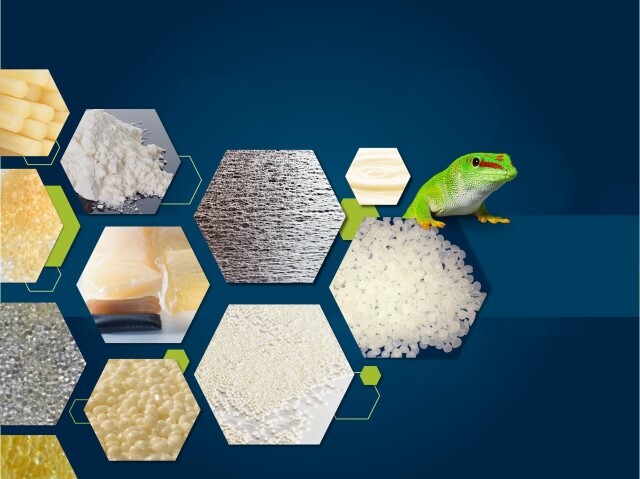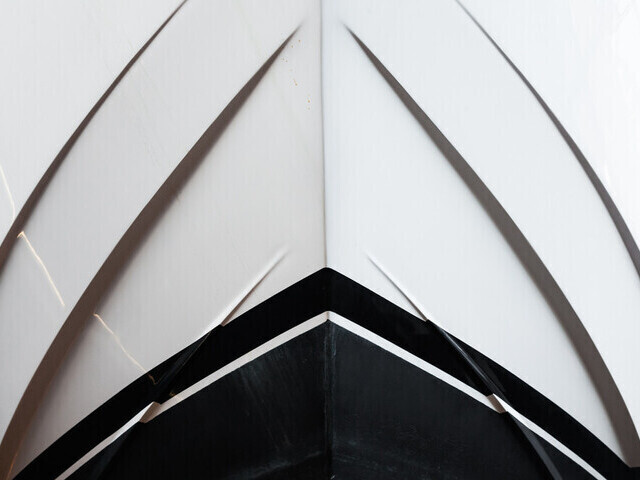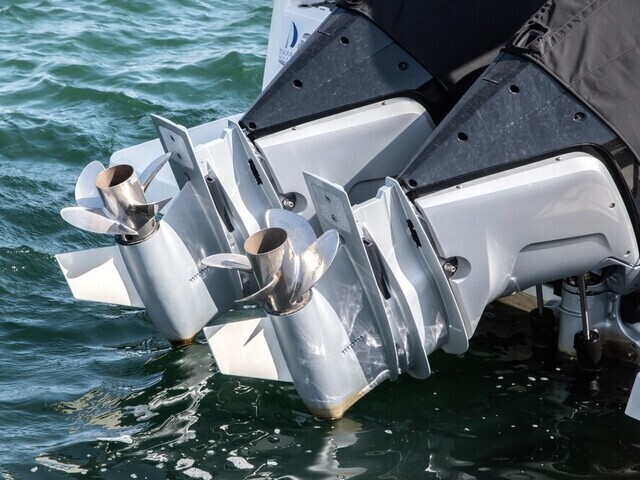Decks Bonding & Caulking
Looking for the right deck bonding & caulking adhesives and sealants?
Bostik’s Marine Special Range (MSR) offers:
- Very good ageing properties
- Isocyanate free solutions
- Tested and certified to the International Maritime Organisation (Fire Test Procedures)
Decks bonding & caulking instructions
Deck bonding is a crucial process in ensuring the durability and longevity of your deck, whether it's made of teak, GRP, wood, steel, or aluminum. Proper preparation and application of bonding materials are essential to protect your deck from environmental and thermal movements.
Guideline to achieve optimal deck bonding:
- Preparation of the substrates: using Cleaners and/or pretreat the surface with Prep P for wooded deck
- Bonding of teak planks: apply adhesives ( ex, MSR Bedding Compound) on the pretreated deck surface
- Apply Simson Prep P to the surfaces of the teak planks that have to be bonded
- Fixate the teak planks using clamping tools, dead weights, or screws for at least 24 hours.
- Remove residues of uncured adhesive
Featured products:
- MSR Bedding compound
- MAROCOL PU 2D480
- MSR Construction Adhesive SSKF
Deck Caulking
Deck caulking is essential for sealing the gaps between deck planks, preventing water from seeping through and causing damage. It also helps in accommodating the natural expansion and contraction of the deck materials due to temperature and humidity changes.
Guideline to for deck caulking:
- Pre-treatment with Cleaner: The seams must be clean, dry and dust free.
- Applying the Caulk: apply a continuous bead of caulk along the seam.
- Curing and Final Steps: Allow the caulk to cure for 24 to 48 hours, then inspect and clean up.
Bostik provides 2 technologies for deck caulking:
- MSR Deck Caulk Advanced: Which is a SMP based deck caulk
- MSR Deck Caulk S: Which is a Silicone based deck caulk.
Both products are specially developed for deck caulking and can withstand the harsh climate conditions a deck will face in its lifecycle.
Frequently Asked Questions
Deck caulking is the process of sealing the gaps between deck boards, typically on boats and yachts, to ensure water resistance and durability. Bostik's MSR Deck Caulk Advanced is a high-performance, single-component sealant designed specifically for marine applications. It provides excellent UV resistance, long-term elasticity, and strong adhesion, making it ideal for sealing teak decks and other marine surfaces.
This caulk is solvent-free and isocyanate-free, ensuring safer application while maintaining resistance to saltwater and extreme temperatures. MED certified by Bureau Veritas: IMO FTP code 2010, it guarantees compliance with marine safety standards.
Yes, you can caulk between deck boards using Bostik's MSR range sealants. Caulking helps seal gaps, preventing water infiltration and protecting the deck from environmental damage. Bostik offers MSR Deck Caulk Advanced and MSR Deck Caulk S, both designed to withstand harsh marine conditions, including UV exposure, saltwater, and temperature fluctuations.
For best results, ensure the seams are clean, dry, and dust-free before applying the caulk. After application, allow it to cure for 24 to 48 hours before exposing it to heavy use.
For deck caulking, Bostik's MSR Deck Caulk Advanced is a top choice. It is a high-performance, single-component sealant designed for marine applications, offering excellent UV resistance, long-term elasticity, and strong adhesion. This caulk is solvent-free and isocyanate-free, ensuring safer application while maintaining resistance to saltwater and extreme temperatures.
Yes, you can caulk a wood deck—but it's not always the best approach depending on what you're trying to achieve. Here's a breakdown to help you decide:
When Caulking a Wood Deck Makes Sense
- Filling small cracks or gaps: Caulk can be used to seal minor splits in the wood or gaps between boards to prevent water intrusion.
- Around posts or joints: It’s useful where vertical posts meet horizontal surfaces or where the deck meets the house.
- Preventing insect intrusion: Sealing gaps can help keep bugs out.
Caulking gaps in composite decking is generally not recommended, especially between the boards. Here's why—and what you can do instead:
Why You Shouldn't Caulk Between Composite Deck Boards
- Drainage is essential: Gaps are designed to allow water to drain. Sealing them can trap moisture, leading to mold, mildew, and structural damage.
- Movement and expansion: Composite materials expand and contract with temperature changes. Caulk may crack or pull away over time.
- Aesthetic and durability issues: Caulk can look messy and may not adhere well to composite surfaces long-term.
When Caulking Might Be Appropriate
- Small cracks or edge joints: You can use caulk to seal joints where the deck meets the house or around posts.
- Water diversion: If you're trying to prevent water from dripping onto a lower level, consider installing a drainage system or under-deck waterproofing membrane instead of caulking.









